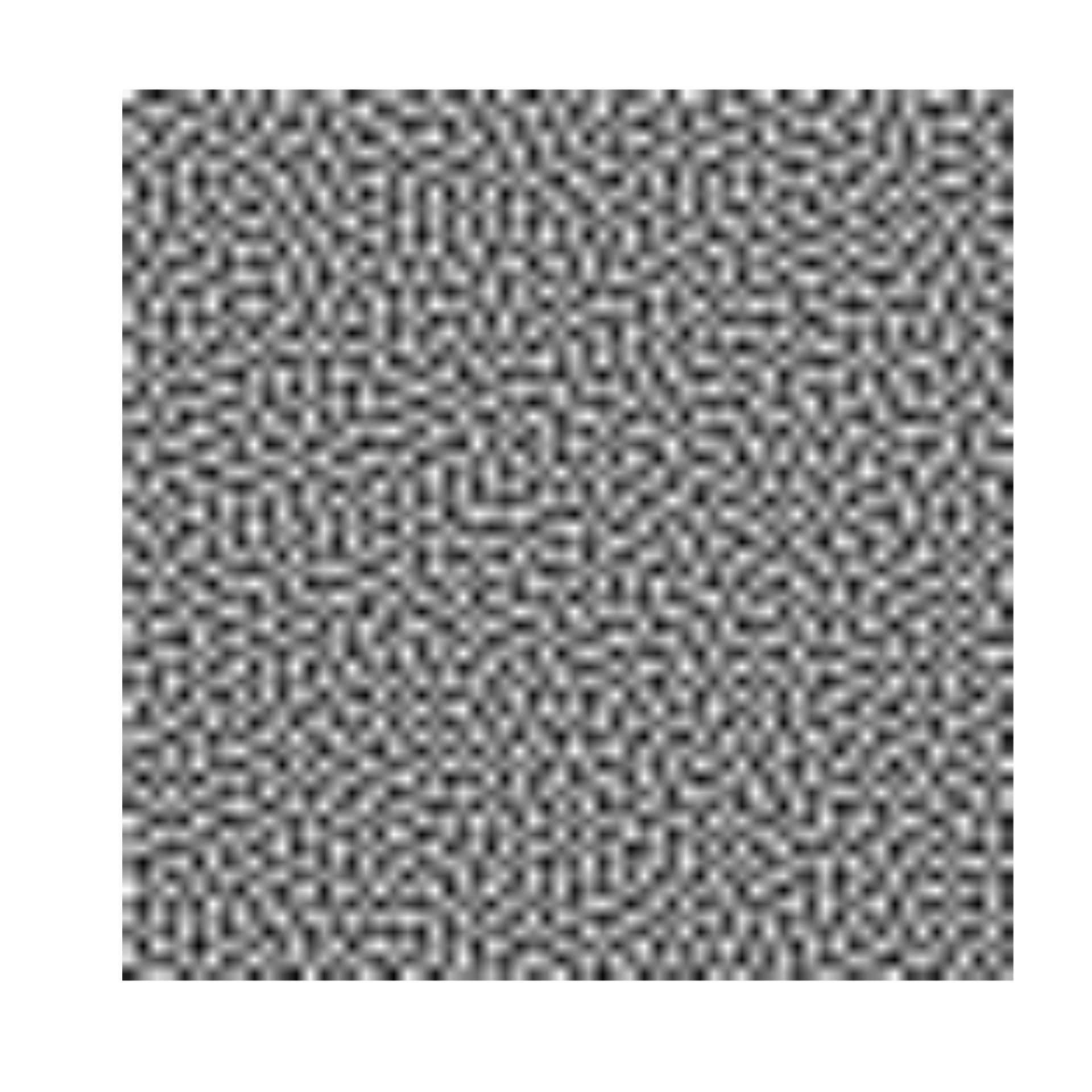Blue noise is a form of noise that has weak low-frequency. This means that
it is devoid of larger structures and can be blurred to an even gray. Blue
noise in ambient is calculated using the popular Void-and-cluster method
developed by Ulichney. Calculating blue noise is much more computationally
expensive than e.g. white noise so ambient does not provide a gen_blue()
generator, only the noise_blue() texture function. Computation time
increases linearly with the number of pixels in the texture and can get
prohibitly long very soon. However, blue noise is tile-able so a good
suggestion is to try tiling e.g. a 64x64 texture to the desired dimensions
and see if that suffices.
noise_blue(dim, sd = 10, seed_frac = 0.1)Arguments
- dim
The dimensions (height, width, (and depth, (and time))) of the noise to be generated. The length determines the dimensionality of the noise.
- sd
The standard deviation of the gaussian filter to apply during the search for clusters and voids.
- seed_frac
The fraction of pixels to seed the algorithm with during start
Value
For noise_white() a vector if length(dim) == 1, matrix if
length(dim) == 2 or an array if length(dim) >= 3.
References
R. A. Ulichney (1993). Void-and-cluster method for dither array generation. Proc. SPIE 1913, Human Vision, Visual Processing, and Digital Display IV
